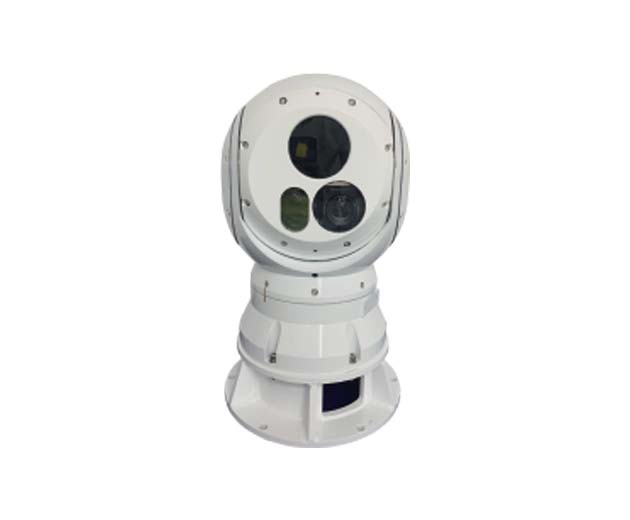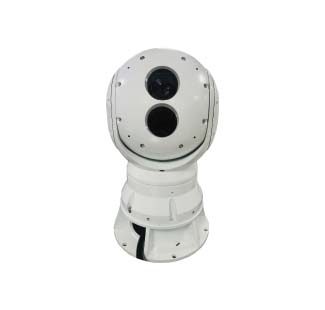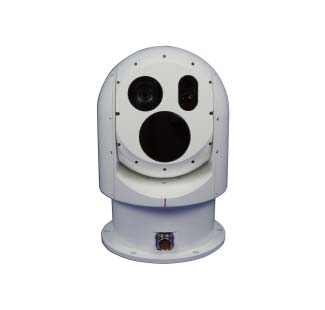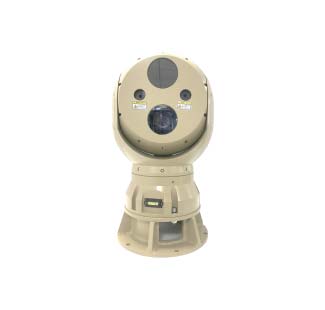Coastal Security Imperatives: An Overview
The Unique Challenges of Coastal Security
Coastal frontiers pose unique security challenges, balancing the need to monitor expansive maritime territories with the imperative of swift response to potential threats. In this dynamic environment, marine security camera systems have emerged as stalwart guardians, providing an unblinking eye over coastal waters. This passage explores the critical role of marine security camera systems in safeguarding coastal frontiers, navigating the challenges inherent to maritime security.
Advanced Detection Capabilities: Navigating the Maritime Landscape
Infrared Vision and Low Light Capabilities: A 24/7 Watchdog
The effectiveness of marine security camera systems lies in their ability to operate around the clock, overcoming the challenges of low light conditions and nighttime surveillance. Equipped with infrared vision and low light capabilities, these marine surveillance cameras provide uninterrupted vigilance. Whether it's monitoring for illicit activities, detecting unauthorized vessel movements, or identifying potential security breaches, the 24/7 surveillance capability ensures that coastal frontiers remain secure at all times.
High-Resolution Imaging: Unveiling Maritime Details
High-resolution imaging is a cornerstone of marine security camera systems, allowing authorities to zoom in on vessels and activities for detailed analysis. The ability to capture clear and sharp visuals is instrumental in identifying vessels, determining their characteristics, and assessing potential threats. This feature empowers coastal security personnel to make informed decisions, particularly in situations where rapid and precise responses are crucial.
Rapid Response and Intervention: Turning Data into Action
Real-Time Monitoring and Alerts: Navigating Threats Instantaneously
The interface between marine security camera systems and coastal security authorities facilitates real-time monitoring and alerts. Any suspicious activities or potential security breaches trigger instant notifications, enabling swift responses. This proactive approach ensures that coastal security personnel can intervene rapidly, addressing emerging threats before they escalate. The seamless flow of information from the cameras to decision-makers creates a dynamic and responsive security ecosystem.
Integration with Coastal Security Infrastructure: A Cohesive Defense Mechanism
Marine security camera systems don't operate in isolation; they are integrated into broader coastal security infrastructure. This includes radar systems, patrol vessels, and communication networks. The integration ensures that data from the cameras is part of a cohesive defense mechanism. Decision-makers can leverage a comprehensive view of the maritime landscape, allowing for a more nuanced understanding of potential threats and enabling strategic responses that take into account the broader security context.
In conclusion, the role of marine security camera systems in safeguarding coastal frontiers is pivotal in the contemporary maritime security landscape. The electro optical surveillance system, with their advanced detection capabilities, real-time monitoring, and integration into broader security frameworks, provide coastal authorities with the tools needed to navigate the complexities of maritime security. As coastal regions continue to face diverse challenges ranging from smuggling and illegal fishing to potential security threats, marine security camera systems stand as vigilant sentinels, ensuring that coastal frontiers remain secure, resilient, and prepared to face the dynamic nature of maritime security.





